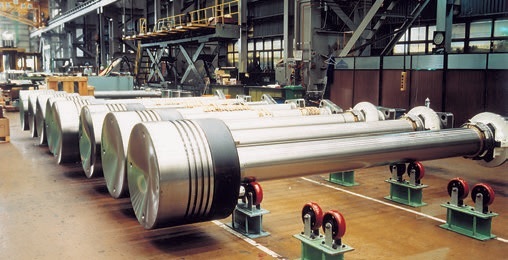
Piston & Piston Crown Design & Material Thickness Considerations for Marine Diesel Engine
Piston crown and piston shape configuration
Piston forms the lower part of the combustion chamber in a marine diesel engine. It seals the cylinder and transmits the gas pressure to the connecting rod. Below considerations should be taken designing a piston:
The shape of the top of the piston crown which forms one part of the boundary of the combustion space – so while designing this it has to be considered how it is going to vary the shape of combustion chamber. The compression ratio,live air ratio have to be given due to consideration In certain types, the piston crown is machine to provided channels and cavities for the favourable reception and redirection of jets of flame issuing from the precombustion chamber. In direct injection engines, the piston crown may be convex 9part spherical), part conical with central depression, hearly flat, concave (part spherical) etc.
The shape of the top of the piston crown which forms one part of the boundary of the combustion space – so while designing this it has to be considered how it is going to vary the shape of combustion chamber. The compression ratio,live air ratio have to be given due to consideration In certain types, the piston crown is machine to provided channels and cavities for the favourable reception and redirection of jets of flame issuing from the precombustion chamber. In direct injection engines, the piston crown may be convex 9part spherical), part conical with central depression, hearly flat, concave (part spherical) etc.


